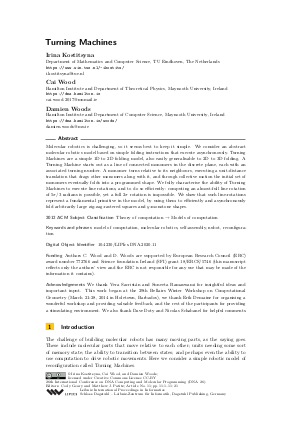LIPIcs.DNA.2020.11.pdf
- Filesize: 1.34 MB
- 21 pages


 Creative Commons Attribution 3.0 Unported license
Creative Commons Attribution 3.0 Unported license


















Feedback for Dagstuhl Publishing